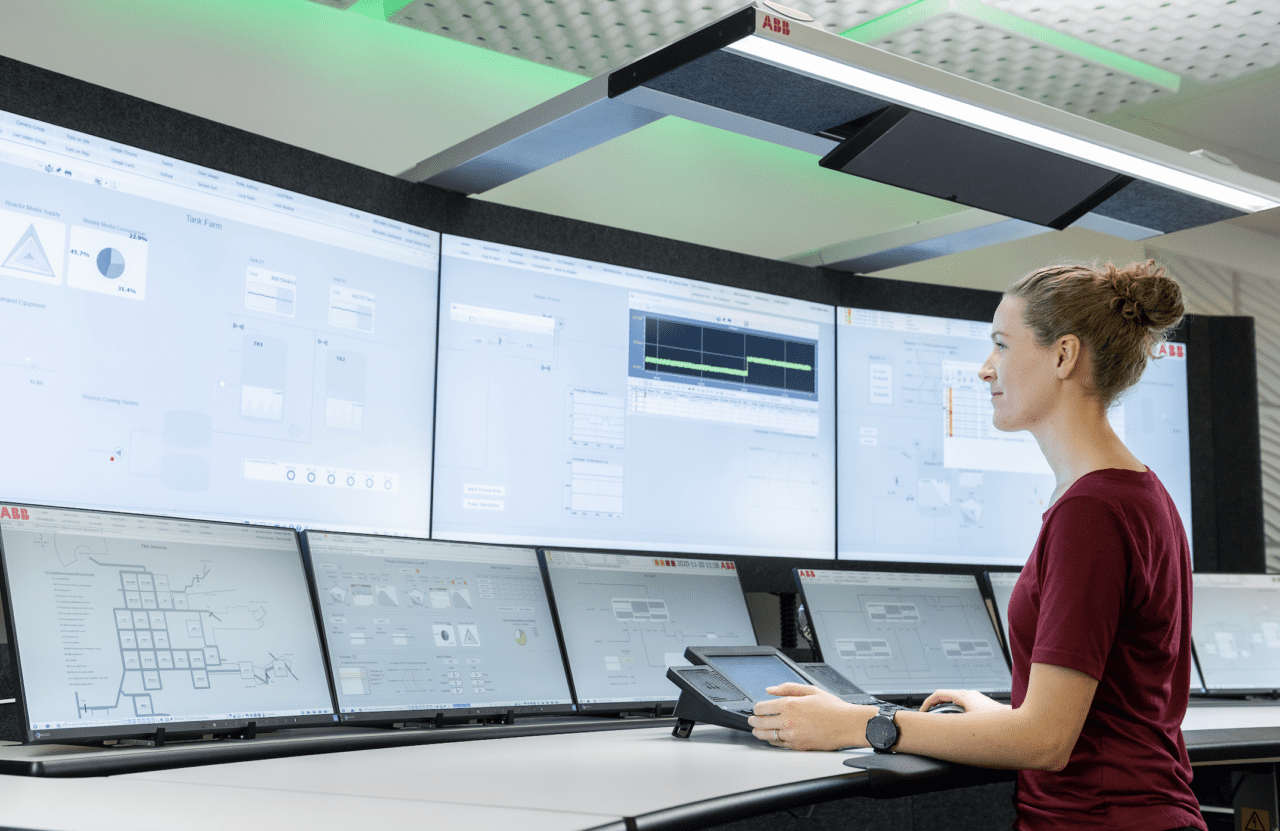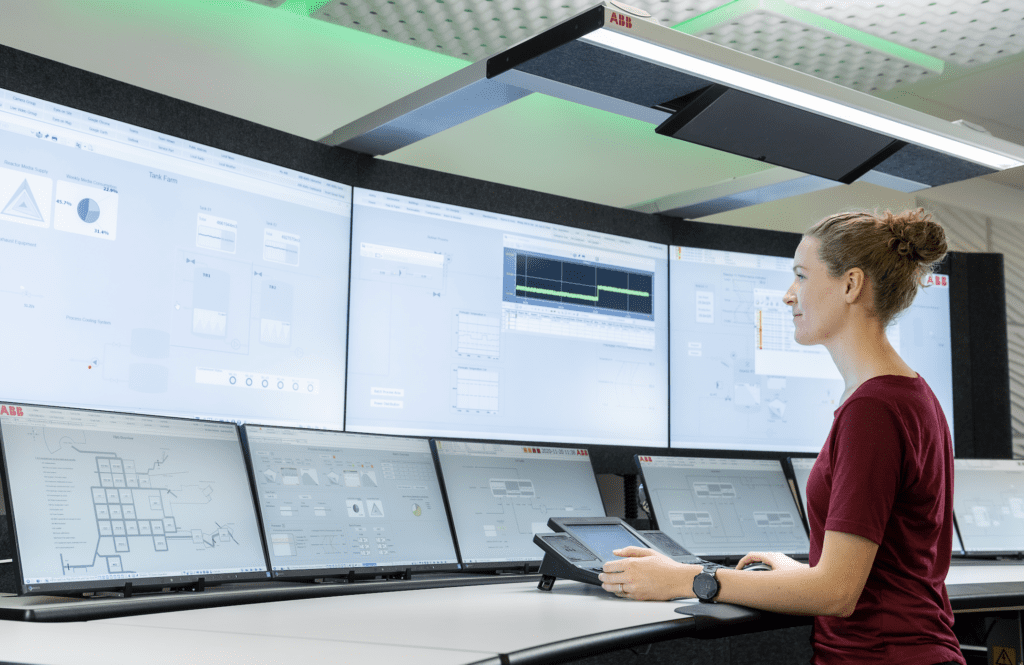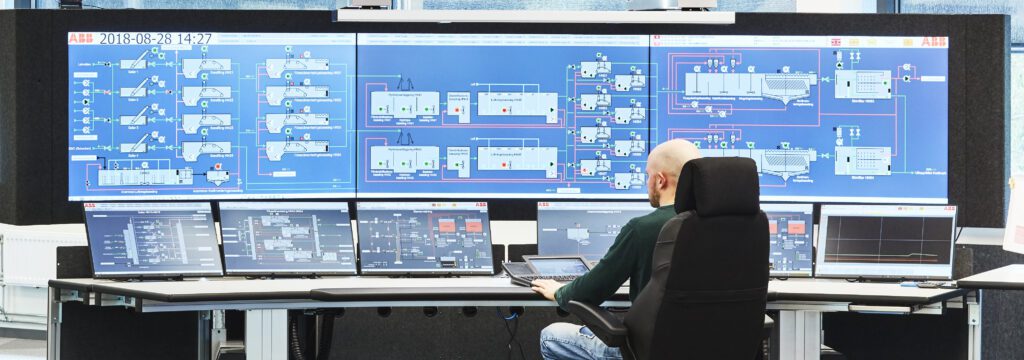Power of Integration—Users Shaping Future of Distributed Control Systems
Credit to Author: Luis Duran| Date: Tue, 31 Jan 2023 14:38:03 +0000

As plant owners accelerate the Industry 4.0 digital transformation, attention is increasingly being focused on the evolution of Distributed Control Systems (DCS) to enable them to become more flexible and adaptable.
There are many key initiatives that are helping to set the standard for systems offering new levels of openness, security and interoperability.
COMMENTARY
Originally based on purpose-built Operational Technology (OT), DCS have come a long way since their introduction 40 years ago. They are now commonly based on commercial off-the-shelf technology (COTS), allowing them to offer more flexibility and options to users, and make use of Information Technology (IT) to link up previously isolated islands of control.
However, this is not the last word in DCS evolution. Today’s users want solutions that are even more open, expandable, and flexible. Traditionally, DCSs were largely based on hardware that worked on functionality hard coded into it, whereas today’s DCS are largely software-based.
Shifting knowledge from hardware to software changes the dynamics of the DCS, making it much more agile. This offers the opportunity to introduce plug-and-play components and shifts the industry away from proprietary solutions that tie users to a single manufacturer.
As the Internet and connectivity have advanced, the drawbacks of current DCS solutions have become clearer. Most notable among these is their lack of robust cybersecurity, a factor that has become a critical issue in many industries over the last decade. It is now driving changes in the way the DCS handles information and, more fundamentally, how it works.
Adding modularity can also allow a more cost-effective deployment, avoiding the need to invest in a large project all in one go. Modularity brings the ability to copy infrastructure and use it for different applications. This allows a more cost-effective scale up of production, as well as a better management of capital costs and investment strategies.
More Value From Data
Another factor is the need to get better value from sensor and production data that is currently largely trapped within the DCS. This information needs to be processed and made available to particular users. Many of these will not be regular users of the DCS, but will instead be newer engineers who are accustomed to interacting with technology such as smart phones and tablets and who expect to use professional tools such as a DCS in much the same way.

Similarly, some information doesn’t need to be in the DCS and could be made available in some other way. As technologies such as wireless and 5G and smart digital devices such as sensors and motors have advanced, there is a growing need for a DCS with a more digitalized, more open infrastructure. Operators of DCS want to be able to add technology seamlessly by using a standard way of communicating across numerous devices across their manufacturing plant.
Using open communications allows a more cost-effective integration of system components. This is because it uncouples software from hardware and allows users to buy DCS hardware from different vendors.
Shaping Change
Users are now banding together to set the agenda for change in DCS, forming initiatives that aim to solve the challenges of accessing information and making more efficient use of the technology.
In the past, DCS providers have struggled to reconcile the need to adopt the latest developments in IT and communications technology, while at the same time providing the stable, reliable performance that DCS users need. Yet now, users are banding together to drive the changes they want to see in DCSs as they aim at achieving more openness, security, and interoperability.

One of these user-initiated groups is the Open Process Automation Forum (OPAF). Bringing together companies from the oil & gas and chemical sectors with automation providers such as ABB, the group is defining a standards-based, open, secure, and interoperable architecture intended as the way ahead for Process Automation Systems.
By giving DCS users readier access to leading-edge capabilities, they will be able to integrate best-in-class components more easily, while ensuring that expensive application software does not have to be replaced. Designed as an open systems architecture that promotes innovation and the creation of new value creation, the standard also meets the needs of multiple industries, is commercially viable, and allows DCS users and suppliers to collaborate on new solutions.
Another user group is NAMUR, a global consortium of process industry end-user organizations that has defined an open architecture model known as NOA, or NAMUR Open Architecture. The architecture segregates core control and automation functionality from functions used for non-time-critical monitoring and optimization, keeping less critical information separate. It also creates a new maintenance and optimization layer with separate access to information in the DCS.
Overall, NAMUR seeks to participate in standardization bodies to help its members avoid the wrong investments, adopt promising technology early, and have input to technology standards to ensure they take account of user interests.
Although they are approaching the goal from different directions, both OPAF and NAMUR are trying to define a common communications interface and a common information model. For its part, OPAF is trying to define a standard with the goal of rethinking the DCS to make it more interoperable and simpler to upgrade. By contrast, NAMUR is taking a more hands-off approach with a structure that will work alongside the DCS to obtain the information needed.
A further initiative is Modular Automation, an industry-wide effort that aims to substitute monolithic automation systems with more flexible modules that can be more easily combined to rapidly build a complete system. Modular Automation aims to allow faster process implementation, an easier scaling of capacity, and more rapid changeovers of the DCS user’s products.
Toward Open Standards
Open standards define how we can communicate with the different equipment existing in a plant. As standards become more digital and more flexible, each industry will need to decide which standard it wants for the control system. The choice is OPAF or NAMUR, each of which allows different paths for users to get access to their information.
Major industries are now pushing for more open standards, with chemicals and pharmaceuticals, oil and gas refining and petrochemicals, pulp and paper, mining and metals, and even areas such as data centers being among them. The need for more advanced technologies that make the best use of capital investment and achieve the production they need as fast as they can are driving this push, as are the desires for long-term stability and lower TOTEX, or capital expenditure plus operational expenditure.
Early adopters can be found among companies of all sizes, with smaller companies in particular benefitting from modularity and the extra scalability it provides. While change is often slow to take hold, many DCS users are now realizing that open DCS standards offer the data they need to succeed in a business environment that is increasingly challenging and volatile.
—Luis Duran is Global Product Line Manager at ABB. (Editor’s note: ABB has recently produced a white paper setting out its vision for the future of process automation and its role in empowering industries to compete in a fast-changing world by delivering adaptable and reliable, integrated, modular and secure automation solutions with flexible, simpler and faster project engineering execution and commissioning. To find out more, visit https://new.abb.com/control-system.)
The post Power of Integration—Users Shaping Future of Distributed Control Systems appeared first on POWER Magazine.